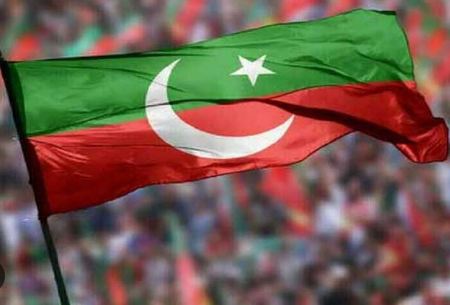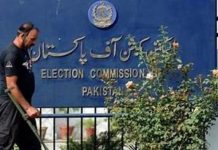The Pakistan Tehreek-e-Insaf (PTI) is once again gearing up for a decisive showdown with the federal government, signaling the start of what could become a significant political movement. While the party’s chances of immediate success appear slim given the current power dynamics, its efforts may lay the groundwork for a larger, more sustained campaign in the future. At the very least, PTI’s mobilization will keep the ruling coalition under pressure, exposing the growing fissures within the government and testing the establishment’s tolerance for political instability.
Reports suggest that the Pakistan Peoples Party (PPP), a key ally in the ruling coalition, is increasingly frustrated with its partners. Initially, the PPP was reportedly promised the prime minister’s office after two and a half years as part of a power-sharing arrangement. However, the current leadership, particularly the Pakistan Muslim League-Nawaz (PML-N), shows no intention of relinquishing power. This has left the PPP disillusioned, raising questions about the longevity of this uneasy alliance.
If the PPP decides to distance itself from the government—either by withdrawing support or publicly criticizing its coalition partners—it could create an opening for PTI to exploit. A divided ruling bloc weakens the government’s ability to counter opposition movements effectively, giving PTI more room to maneuver.
The role of the establishment remains pivotal. Historically, Pakistan’s power dynamics have been shaped by the military’s preference for a controlled political environment. There are indications that the establishment may allow—or even subtly encourage—political turbulence to keep the civilian government in check. By letting PTI protest and exert pressure, the establishment could remind the ruling coalition of its dependence on institutional support.
However, the establishment is unlikely to let the situation spiral into chaos. Its primary concern is stability, and any movement that threatens to destabilize the country excessively will likely be reined in. PTI’s challenge, therefore, is to maintain momentum without crossing red lines that could trigger a harsh crackdown.
Another factor that could energize PTI’s movement is the possible return of Imran Khan’s sons, Qasim Khan and Sulaiman Khan, to Pakistan. If they choose to join the political fray, their presence could galvanize PTI supporters, adding emotional and symbolic weight to the movement. Given their father’s incarceration and the party’s narrative of victimization, their involvement could attract greater public sympathy and media attention.
However, their influence will depend on how they engage with politics. If they take a prominent role in rallies and public mobilization, they could become rallying points for PTI loyalists. Conversely, if they remain passive or are sidelined by more experienced party leaders, their impact may be limited.
In the short term, PTI faces significant hurdles. The government still holds the levers of state power, including control over law enforcement agencies. Moreover, the judiciary’s recent rulings have not favored PTI, and the party remains fractured due to crackdowns on its leadership. Without a clear, unified strategy, PTI may struggle to force early elections or secure Imran Khan’s release.
However, even if PTI fails to achieve immediate objectives, its persistent pressure could erode the government’s credibility. If PTI can sustain its momentum, it may set the stage for a broader movement that gains traction over time.
PTI’s latest mobilization may not topple the government overnight, but it serves a crucial purpose—keeping the flame of resistance alive. The ruling coalition’s internal divisions and the establishment’s balancing act create an environment where political upheaval remains possible. If PTI plays its cards right, leveraging public anger and exploiting government weaknesses, it could eventually force a recalibration of power.
For now, the battle is one of endurance. PTI’s ability to maintain pressure, mobilize the masses, and capitalize on the government’s vulnerabilities will determine whether this movement fizzles out or evolves into a decisive political shift.

















